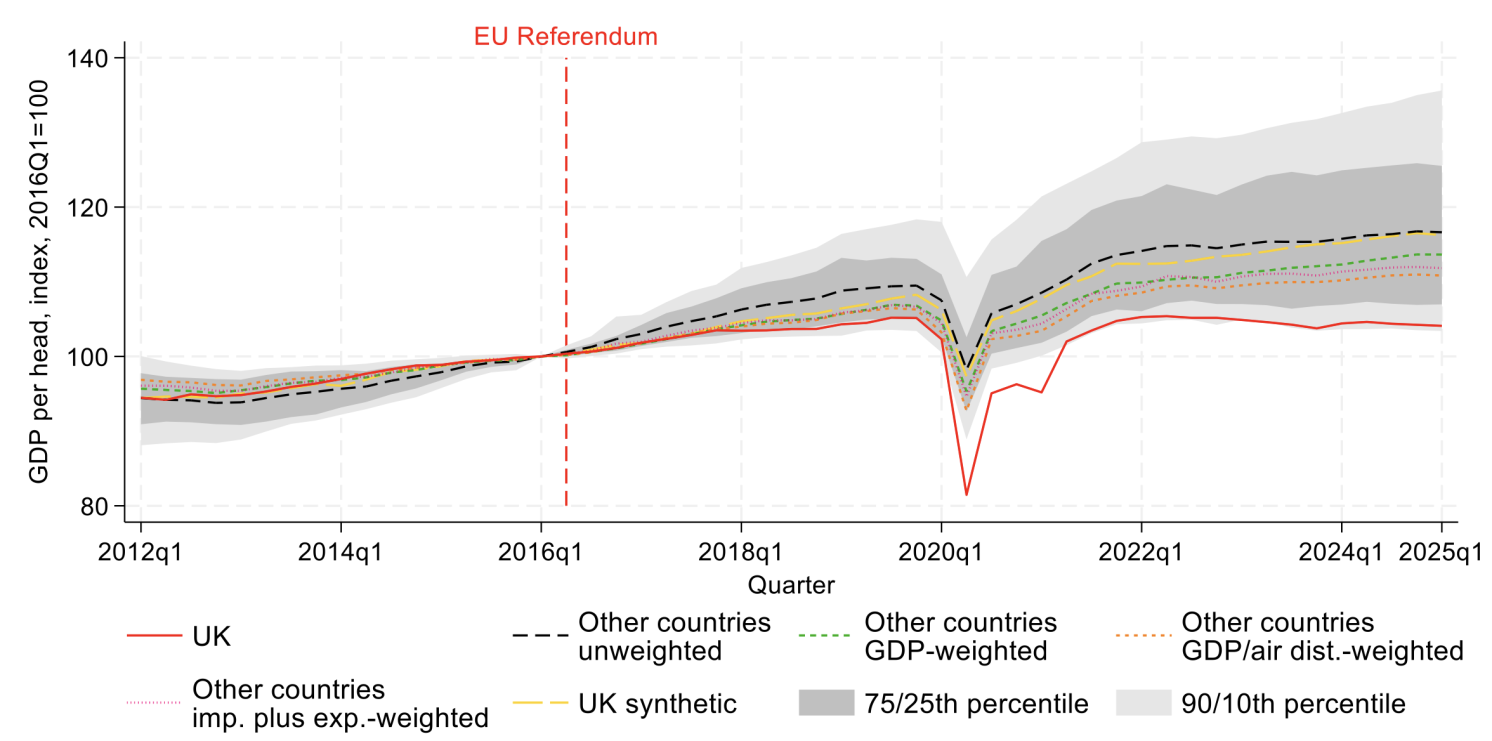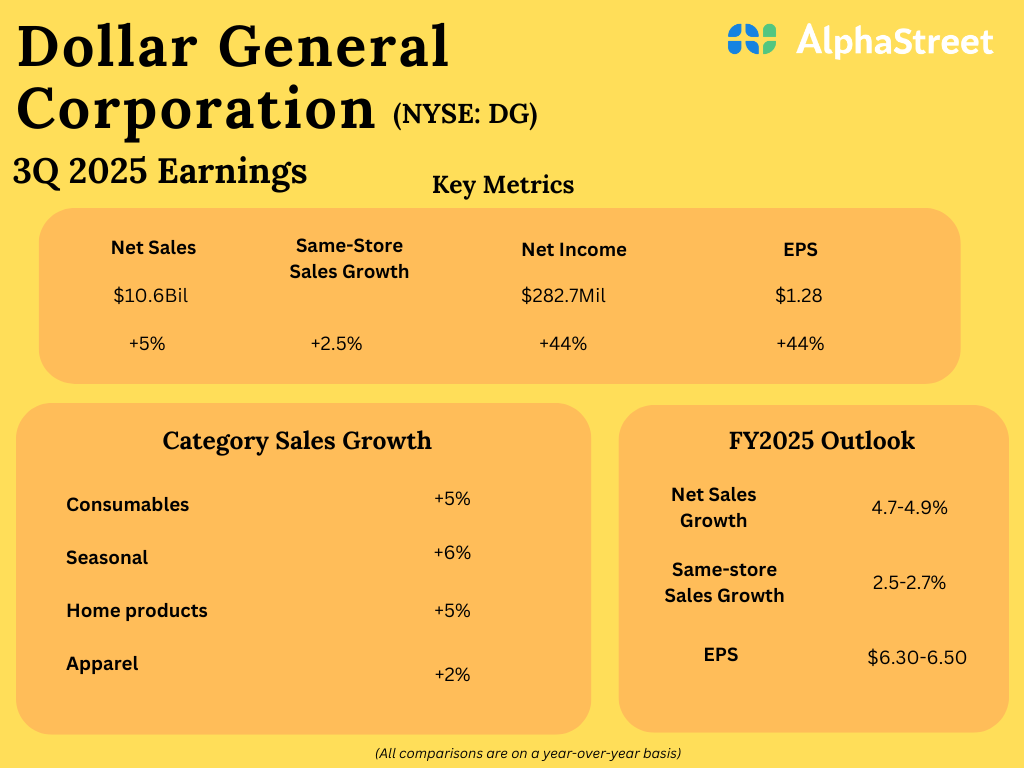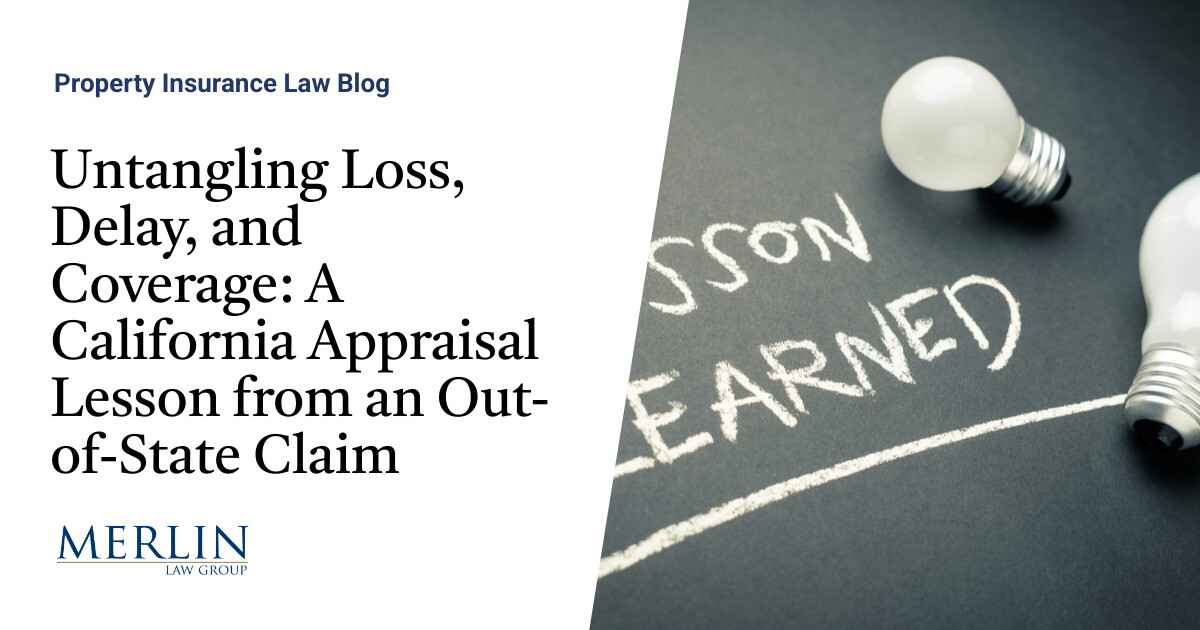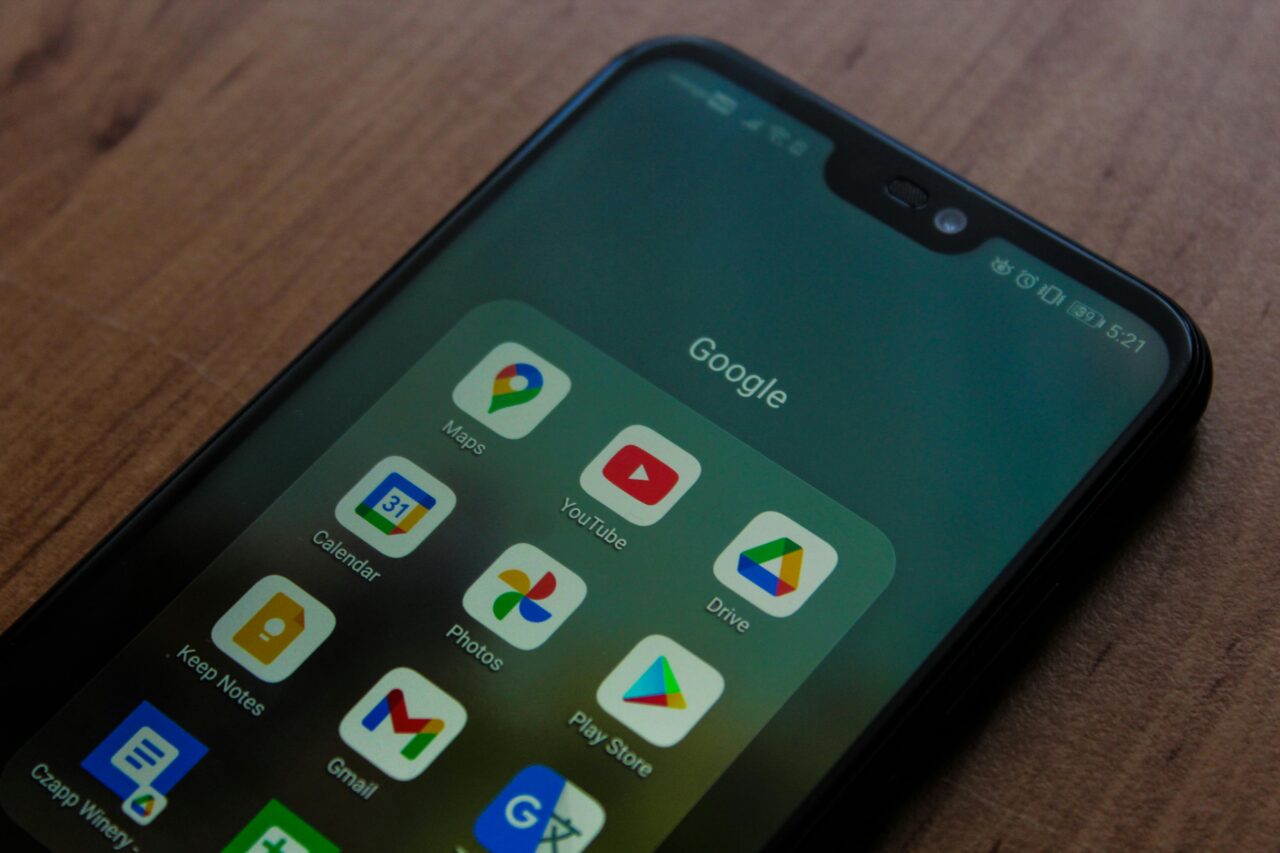From 0 to 600 subscribers and counting
6 months ago, I decided to start posting one video a week on Youtube for 1 year and see where it would take me. I started with the same approach for writing articles online 3 years ago, which definitely paid off. Since then I’ve written over 300 articles, more than 1.5 million people have come across my work, and I’ve made more money than I ever thought I’d make writing online.
I decided to use the same approach to making videos on Youtube, and in this article, I will cover 6 key learnings from my Youtube experiment. I hope they can help you as a content creator!
My biggest youtube achievements so far (first 6 months):
- Nearly 600 subscribers
- 30,000+ views
- One video with 10,000+ views
- 1,000 hours of watch time
It’s very important to be clear on why you want to start a Youtube channel because it will be very hard to stay motivated in the long term. Youtube has 113.9 million channels. Of those, only 8% have more than 1,000 subscribers, and 1% have more than 10,000 subscribers:
The only way to build a channel slowly but surely is to be clear on why you’re doing this and to decide how often you will post. At the heart of Youtube lies its algorithm, and the more you post, the more you’ll increase your chances of getting your content noticed, picked up, and recommended to people.
Based on my current workload, I decided to stick to 1 video a week for 1 year, as a first experiment. I decided to start posting on Youtube for 3 main reasons:
1. Creativity
I’ve always wanted to start a Youtube channel. I started shooting videos in 2021 but never got around to posting them. I never dared to take the leap, I was afraid people who know me would find out about my channel and judge me… I ended up with 6 videos that were fully edited, ready to be posted, and just sitting on a hard drive. After 6 months of doing nothing with that content, I finally deiced to start posting once a week, in mid-2022.
2. Business expansion
The more people come across my content, the more my business and my content will thrive. I want to expand not just to make more money but also to widen my brand’s reach. Making videos seems like the natural path for me.
3. Extra income channel
As a content creator, there’s nothing more critical than diversifying income streams and not putting all your eggs in the same basket. I currently make 85% of my money writing online and the rest comes from making video courses and selling my own digital products. I want to diversify more so that if one money stream goes down, the 3 others keep working for me.
Especially when you’re just starting out like me, your content won’t get automatically pushed to millions of subscribers’ recommendation feeds. The only to get people to click on your video is by making it stand out:
- With a catchy title,
- and a catchy thumbnail
Out of those 2 elements, the latter is the most important one, at least in my experience. Here are the thumbnails of my most popular videos to date:
Here is what these thumbnails have in common:
- All but one feature a close-up of a human face (mine)
- All but one have text written on them
- Half of them are based on a clear 2-column layout
- All but one contain bright colors (yellow)
Of course, I can’t be 100% sure that this is the “magic recipe” to make a winning thumbnail because I have other videos with thumbnails that meet the same criteria and didn’t perform as well. Every time I post a new video, I learn a little more about what thumbnails work best and make sure to include my learnings when I start designing the next one.
Appealing thumbnails are crucial because if you can’t get people to at least click your video and watch the first couple of seconds when you’re starting on the platform and have 0 subscribers, you won’t get any views, even with the best video in the world.
I’m based in Europe, and when I started on Youtube I made it a point to post every Sunday at 7 am East Coast time in the US. I took this decision based on research I did online about “best posting time”. People like to relax and do nothing on Sundays, so they’re more likely to be on Youtube watching content.
However, I quickly gave up on this time slot, not because of poor performance, but because it didn’t work with my own schedule. Instead, I switched to Tuesdays, and sometimes even posted on Mondays, presumably the worst day to post anything because people are busy starting their week and commuting. The truth is, I never noticed a clear correlation between posting time and video performance.
My 2 most viewed videos to date were both posted on a Sunday, but my third most viewed was posted on a Tuesday and got 30% of its views on a Thursday, so there’s really no clear rule here.
Very soon after I started posting, people started subscribing and commenting on my videos. I was happily surprised because I had heard how hard it is to grow a channel in the beginning. I do have an existing email audience to which I promote my videos every week, and that helps boost engagement a bit. But overall, 90% of the engagement around my content on Youtube is organic.
I also noticed that people click the links included in the video description a lot more than when I leave links at the bottom of my articles. In July, which was my best-performing month on Youtube so far, between 1 and 2% of the people who watched my content clicked a link in my video descriptions.
In total, 3 brands have reached out to me during my first 6 months on Youtube, which is more than I ever thought would. Of those 3:
- One was 100% relevant for my channel but I am yet to hear from them after I followed up.
- One was not super relevant to my channel so I declined. I was very happy to get a sponsor for the first time but I had to remind myself to stay focused on my core topics.
- One came from working with a company as a writer.
“A micro-influencer has a social media presence larger than a normal person’s but smaller than a celebrity’s, landing between 1,000 and 100,000 followers. […] Brands enlist the help of micro-influencers, who have built trust with their followers, to provide an authentic endorsement of their products at a much lower price tag than celebrity influencers.” — Source
2 of the brands that reached out were paid opportunities, and one was simply sending free stuff for me to review. Brands like to reach out to influencers with smaller audiences because they’re cheaper than people with a huge following and have a much more direct connection with their audience. As an example, I try to reply to every email I get from people who follow my work, and to all comments on my Youtube videos.
I had heard the term micro-influencer before, but I didn’t know the threshold to “qualify” was so low. My channel has (almost) 600 subscribers as of now, and I guess I’m headed toward meeting the criteria of “micro-influence”.
To be honest, my goal is not to “influence” people anyway. Rather, it’s to document and share my journey of changing my life, living with a purpose, and hopefully inspiring some people to do the same along the way. And if I can build a faithful and engaged audience at the same time, then the journey will feel even better.





































